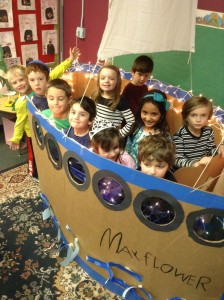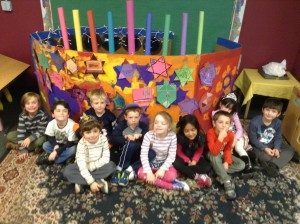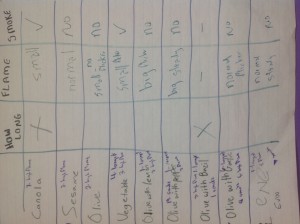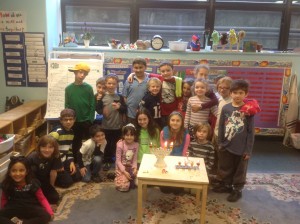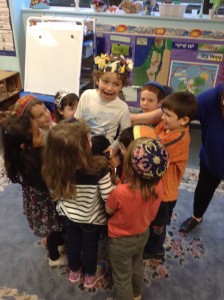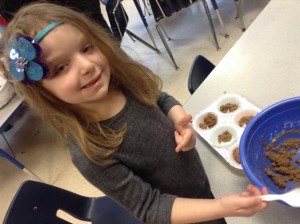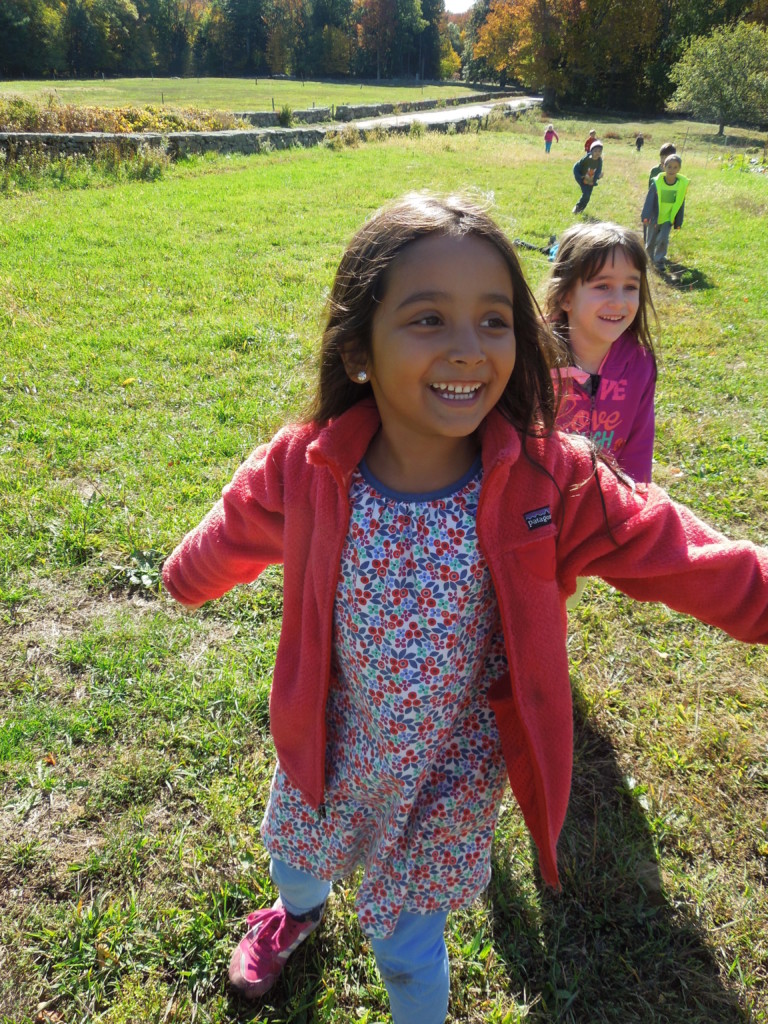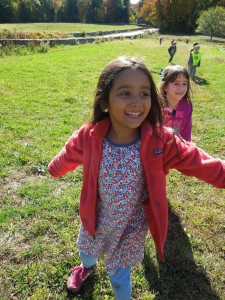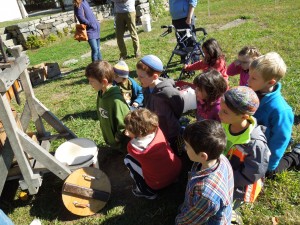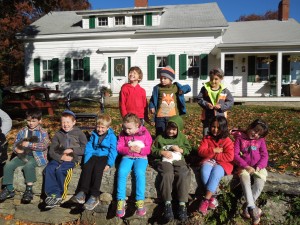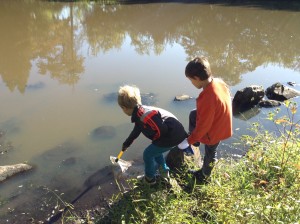At the Jewish Community Day School of Rhode Island, the designers are small in size, but they can still build tall. Lately, it seems that our ceilings are too low because… well, our structures are reaching too high!
Our prototypes aren’t the only things being built up. Our confidence, cooperation, collaboration, empathy, optimism, and experimental mindsets are also growing, built upon a solid foundation of joy and excitement.
Children in kindergarten and first grade met a new friend named Harry. Harry wants to have the best view of the design lab, but there’s one problem… he is afraid of heights! We are working on empathizing with Harry and helping to create the perfect perch for him. We discussed how H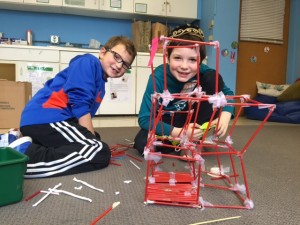 arry probably feels scared, sad, and uncomfortable when he is in a bad spot.
arry probably feels scared, sad, and uncomfortable when he is in a bad spot.
With a bag full of simple and recycled materials, we created the perfect perch for Harry. We made sure that the perch was stable, not too high up, and comfortable.
In second grade, students heard the story, Jack and the Beanstalk. We wondered, “how might we build a beanstalk as high as possible, using only straws, wooden skewers, and tape?” The main focus of this particular lesson is that constraints drive creativity. This means that with limited resources, we must be extremely creative!
When class is over and it’s time to go to recess, children often ask, “Can we stay in and keep building?”


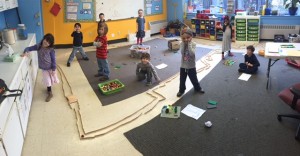
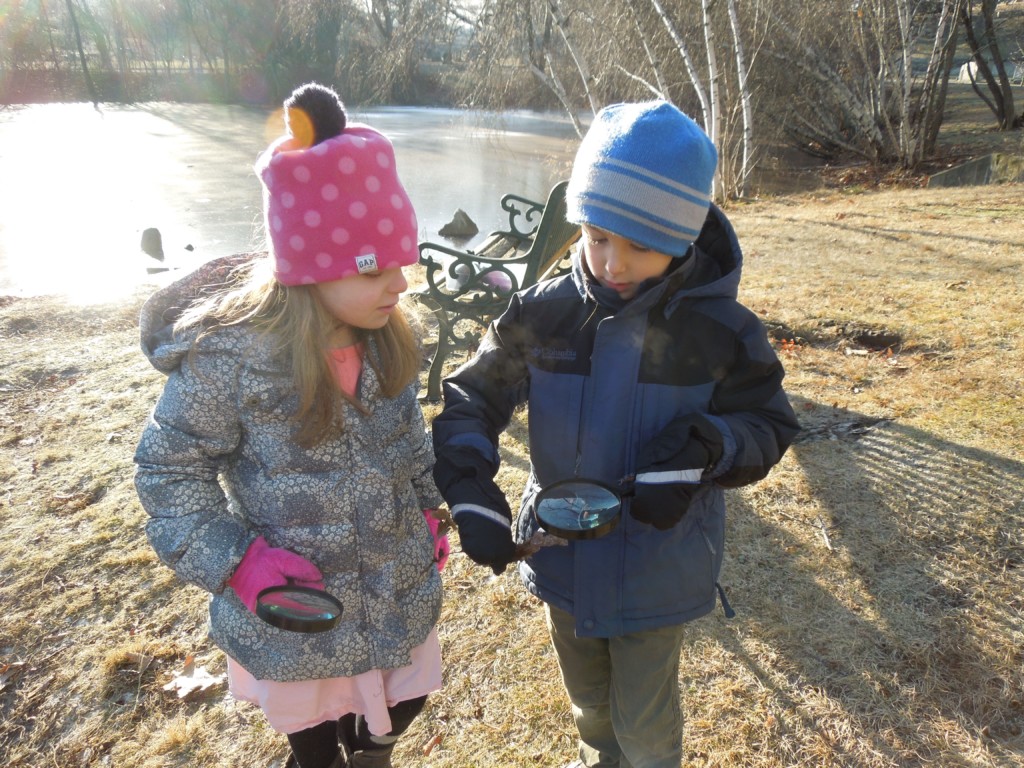

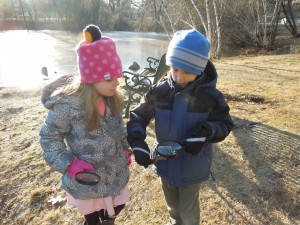
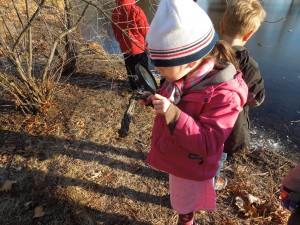

 One large cardboard box in Kindergarten inspired creativity and imagination, as the children build upon, transformed and reinvented it.
One large cardboard box in Kindergarten inspired creativity and imagination, as the children build upon, transformed and reinvented it.